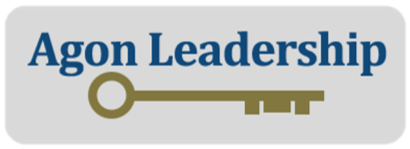Overcoming Workplace Drama

Workplace drama can be like a dark cloud looming over an otherwise sunny organization. Cy Wakeman, a renowned expert, describes workplace drama as emotional waste—a drain on energy that could be better spent on positive endeavors. It’s that negativity that pulls focus away from productivity and towards unproductive mental processes. Instead of fostering a harmonious work environment, drama can disrupt workflows and hinder progress.
To tackle workplace drama, it’s vital to question our initial thoughts and stick to the facts. Drama often arises from misunderstandings or assumptions, so taking a moment to reassess can prevent unnecessary conflict. Instead of jumping to conclusions or engaging in gossip, seek out factual information and consider different viewpoints. Clear communication with all involved parties can help gather accurate perspectives.
Distinguishing between facts and opinions is key. While opinions may differ, facts provide solid ground for decision-making and conflict resolution. By focusing on facts rather than emotions, we can prevent drama from escalating.
Creating a positive work environment also involves addressing issues promptly and directly. Ignoring problems allows them to worsen, leading to more drama in the long run. Encouraging transparency and accountability among team members fosters mutual respect and understanding, reducing the likelihood of drama.
Ultimately, combating workplace drama requires a collective effort. By questioning assumptions, sticking to facts, and fostering open communication, teams can create a more harmonious and productive workplace were drama takes a backseat to collaboration and success.
